Chicken fat, often overlooked in modern kitchens, holds a revered place in culinary traditions across the globe. Known as schmaltz in Yiddish, this golden elixir has been cherished for centuries for its ability to impart unparalleled richness and depth to dishes. While store-bought alternatives exist, nothing compares to the flavor and versatility of homemade rendered chicken fat. This article delves into the meticulous process of rendering chicken fat, from selecting the finest ingredients to mastering the techniques that ensure a pristine, aromatic final product. Whether you’re a home cook seeking to elevate your recipes or a culinary enthusiast exploring traditional methods, this guide will equip you with the knowledge to create schmaltz that rivals even the most esteemed grandmothers’ recipes.
Understanding Chicken Fat: More Than Just a Byproduct
Chicken fat, or adipose tissue, is found beneath the skin and around the organs of the bird. Unlike the lean meat we typically consume, this fatty layer is composed of triglycerides, which, when rendered properly, transform into a liquid gold with a high smoke point and a silken texture. What sets chicken fat apart from other animal fats, such as lard or duck fat, is its mild, neutral flavor profile. This subtlety allows it to enhance dishes without overpowering them, making it an ideal base for sautéing, roasting, or even baking.
Historically, rendering chicken fat was a ritual of frugality and resourcefulness. Nothing went to waste in kitchens where thriftiness was a virtue. Today, this practice persists not only as a nod to tradition but also as a testament to the unmatched flavor and texture schmaltz imparts to foods. From crispy roast potatoes to flaky pie crusts, the applications are endless—and all begin with mastering the rendering process.
Selecting the Right Fat: Quality Matters
The journey to perfect schmaltz starts with sourcing the finest chicken fat. While many recipes call for skin-on fat, the ideal candidate is a combination of skin and subcutaneous fat (the layer directly beneath the skin). Organic, pasture-raised chickens yield fat with a cleaner, more nuanced flavor compared to conventionally raised birds. If possible, avoid pre-packaged “chicken fat” from supermarkets, as it often contains additives or has been processed at high temperatures, which can impart off-flavors.
When harvesting fat from a whole chicken, prioritize the following:
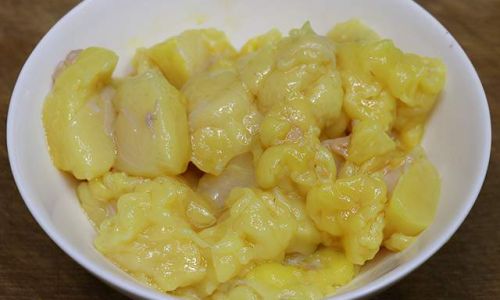
- Skin: Thick, gelatinous skin from the breast, thighs, and back.
- Fatback: The firm, creamy-white fat layer adjacent to the skin.
- Avoid: Gizzards, liver, or other organ meats, as these will alter the flavor and texture of the final product.
If purchasing fat separately, look for plump, pale yellow pieces free of blood spots or discoloration. Frozen fat is acceptable, but ensure it is fully thawed and patted dry before rendering to prevent splattering.
Preparation: The Foundation of Flavor
Proper preparation is the cornerstone of successful rendering. Begin by rinsing the chicken fat under cold water to remove any residual feathers, blood, or impurities. Pat it dry with paper towels to eliminate excess moisture, which can cause the fat to sputter during cooking.
Next, chop the fat into small, uniform pieces. Aim for ½-inch cubes or smaller, as this maximizes surface area and expedites the rendering process. Some chefs advocate adding a small amount of water (1–2 tablespoons per pound of fat) to the pot initially. This technique, known as “wet rendering,” prevents the fat from burning before it begins to liquefy. However, if you prefer a dry render, omit the water and rely on low, steady heat to coax out the fat gradually.
For an added layer of complexity, consider incorporating aromatic ingredients. A quartered onion, a few garlic cloves, or a bay leaf can infuse the schmaltz with subtle savory notes. These additions are optional but highly recommended for a gourmet touch.
The Rendering Process: Patience and Precision
Rendering chicken fat is a slow dance of heat and time. Rushing this step will result in burnt bits or an oily residue, while insufficient heat will leave you with a cloudy, impure product. Follow these steps for flawless schmaltz:
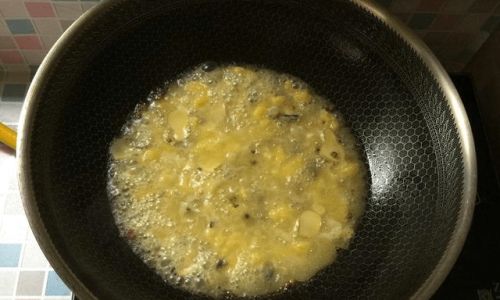
-
Heat the Pot: Place the chopped fat (and water, if using) in a heavy-bottomed stainless steel or enameled cast-iron pot. Set the heat to low—ideally between 200–250°F (93–121°C). A simmering fat should produce gentle bubbles, not a vigorous boil.
-
Stir Occasionally: As the fat begins to melt, stir occasionally with a wooden spoon to prevent sticking. The water, if used, will evaporate after 10–15 minutes, leaving behind clear, liquefied fat.
-
Skim Impurities: As the rendering progresses, foam or impurities may rise to the surface. Use a spoon to skim these off periodically. This step ensures a crystal-clear final product.
-
Monitor Color and Aroma: The fat will transition from opaque to translucent as it renders. A golden hue indicates readiness, while a nutty, caramelized aroma signals the development of gribenes—crispy chicken skin cracklings that are a cherished byproduct.
-
Strain and Separate: Once the fat has rendered (45–60 minutes), remove it from the heat. Allow it to cool slightly, then strain through a fine-mesh sieve lined with cheesecloth or a coffee filter. This step removes any remaining solids, leaving behind pure schmaltz.

Storing Schmaltz: Preserving Purity
Proper storage is critical to maintaining the quality of your rendered chicken fat. Pour the strained schmaltz into clean, airtight containers—glass jars with lids are ideal. Avoid plastic, as it can impart off-flavors over time.
- Refrigeration: Schmaltz will keep refrigerated for up to three months. Its solid consistency at room temperature makes it easy to scoop.
- Freezing: For extended storage, freeze schmaltz in ice cube trays. Once solid, transfer the cubes to a freezer-safe bag. This method allows for convenient portioning.
Note that schmaltz may develop a mild, harmless bloom (white specks) when frozen, but this does not affect its flavor or safety.
Culinary Applications: Beyond the Basics
The versatility of schmaltz is staggering. Here are just a few ways to incorporate it into your cooking:
- Roasting and Sautéing: Replace butter or oil with schmaltz when roasting vegetables, potatoes, or chicken. The fat’s high smoke point ensures crispy, golden results.
- Baking: Use schmaltz in pie crusts, biscuits, or rugelach for a tender, flaky texture.
- Soups and Stews: A spoonful of schmaltz adds body and richness to matzo ball soup or chicken noodle stew.
- Spreads and Finishes: Whip schmaltz into mashed potatoes, or drizzle it over grilled bread with a pinch of salt for a simple yet decadent appetizer.
Don’t discard the gribenes! These crispy cracklings are a delicacy in their own right. Sprinkle them over salads, soups, or avocado toast for a textural contrast.
Troubleshooting and Tips for Success
Even seasoned cooks encounter hiccups in the kitchen. Here’s how to troubleshoot common rendering issues:
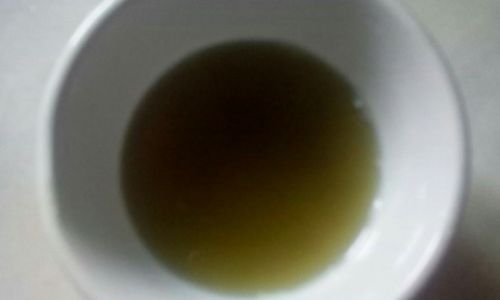
- Burnt Flavor: If the fat smells acrid or tastes bitter, discard it and start over. Next time, use lower heat and stir more frequently.
- Cloudy Schmaltz: Overcrowding the pot or rushing the process can lead to cloudiness. Strain again through a finer filter.
- Lack of Flavor: Experiment with herbs or spices during rendering. Thyme, rosemary, or smoked paprika can elevate the profile.
The Ethical and Health Considerations
While schmaltz is undeniably delicious, it’s important to consume it in moderation. Chicken fat is high in saturated fat, which, when eaten in excess, may contribute to cardiovascular issues. However, unlike hydrogenated oils, it contains no trans fats and is free from artificial additives. For those seeking a plant-based alternative, rendered vegetable shortening or coconut oil can mimic some of schmaltz’s properties, though they lack its unique flavor.
Ethically, rendering your own schmaltz aligns with sustainable cooking practices. By utilizing every part of the bird, you reduce food waste and honor the animal’s life—a principle cherished in farm-to-table philosophies.
Conclusion: The Alchemy of Simplicity
Rendering chicken fat is a testament to the magic of slow cooking and the beauty of transformation. What begins as a humble byproduct becomes a culinary treasure, capable of elevating even the simplest dishes. Whether you’re recreating your grandmother’s matzo balls or experimenting with modern fusion cuisine, schmaltz offers a bridge between tradition and innovation.
As you embark on your rendering journey, remember that patience is your greatest ally. Low heat, meticulous straining, and a respect for the ingredients will yield a product that not only tastes divine but also tells a story—of thrift, craft, and the enduring power of simple, wholesome food. So the next time you roast a chicken, save that fat. Your future self (and your taste buds) will thank you.
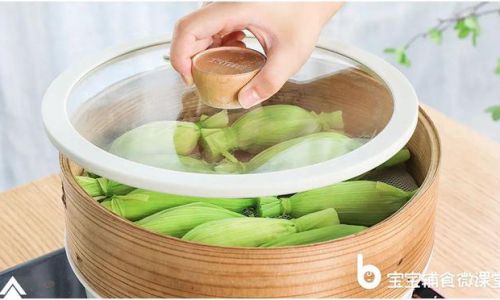
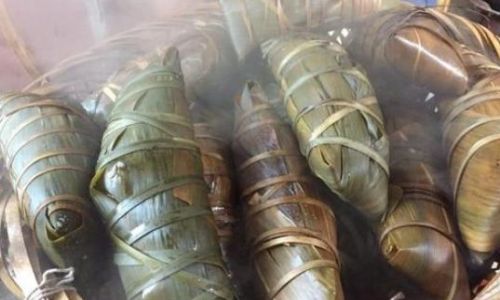
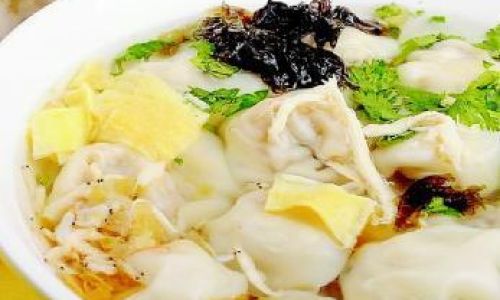
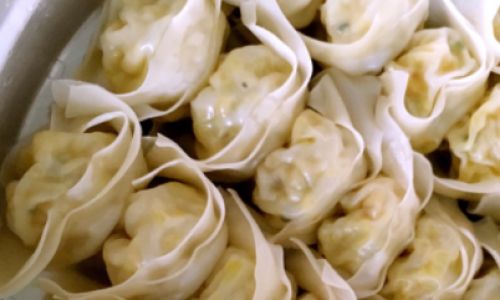
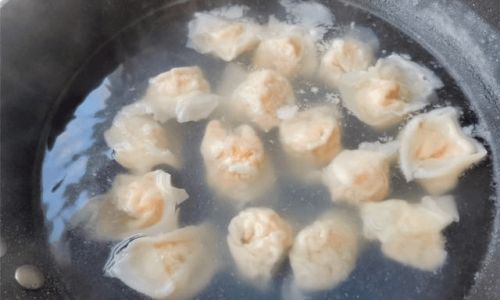
0 comments